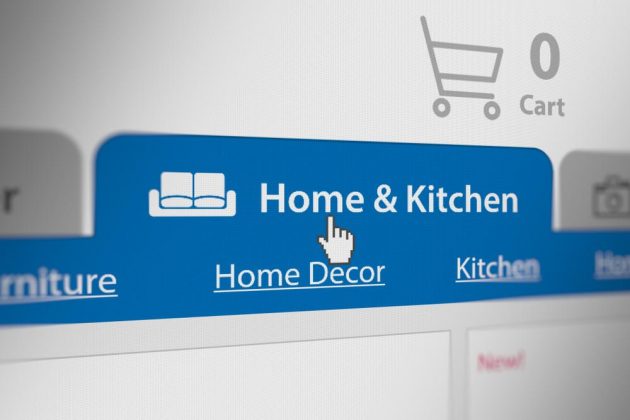Are you a creative person? Considering becoming an entrepreneur? Ready to make your money your way? Selling DIY merchandise online is a great way to earn a living, but there are a few things you need to know before jumping into the proverbial deep end.
Here are four hot tips to sell DIY product online through your ecommerce website.

Use Robust Branding
When it comes to do-it-yourself merchandise, creators put a little bit of themselves into each product. Yes, each and every goody offered is imbued with the seller’s creativity and care. Even if other online stores provide similar products, there is still a sense of uniqueness to what DIYers sell.
With this in mind, ecommerce sellers specializing in DIY merchandise should establish a robust brand identity to match their offerings. This means designing a logo, nailing down a brand voice, and coming up with a persona for your ecommerce company. If you sell handcrafted stuffed animals, you probably want a brand identity that seems fun and friendly. If you sell meticulously built wooden clocks, you might prefer to exude an aura of sophistication and class.
To determine your brand identity, it helps to consider who you are targeting with your products. Similarly, it can be easy to build a website or design a logo through Shopify or other platforms. Whatever identity you adopt should trickle throughout your offerings, your marketing, and your communications.
Leverage Clean Website Design
If you sell DIY projects, your products can be kitschy – but your website can’t. Online consumers expect a certain level of professionalism from ecommerce websites. This isn’t to say e-stores can’t be fun or wacky; but they must adhere to the expectations customers already have.
Let’s illustrate this with an example: Georgie is shopping online for handknit sweaters via a popular search engine. He opens three browser tabs to three different ecommerce stores. He clicks through each tab as they load. Georgie decides to close the first tab because the images are grainy and unhelpful. Georgie closes the second tab because the e-store looks cluttered and difficult to navigate. Thus, he is left with the final e-store from which he will probably buy a sweater.
Did your e-store survive the cut?
If you leverage clean website design – which include painless navigation, easily located search bars and buttons, high-quality images and fast load times you’ll likely win Georgie as a customer.
Offer “One of a Kind” Products
The best part about DIY products is they are original. While you can probably turn a profit offering knockoff handbags or “kandi” bracelets, you must remember the primary reason people shop for DIY goods in the first place – they are one-of-a-kind.
If you want your e-store to stand above the rest, you’ll need to ensure your products are unique and eye-catching. Otherwise, someone could simply rip off your idea.
Prioritize Great Customer Service
One of the drawbacks to selling DIY products online is customers are bound to be more inquisitive. What is your merchandise made of? Can I swap out these colors? How long does it take to fulfill a custom order?
If you fail to answer these queries in a timely manner, your business could miss potential sales. After all, the customer is king. And if you fail to answer to their demands, they will simply find someone else to fulfill their desires.
To stay on top of customer questions, some ecommerce sellers take advantage of a few different strategies. These include a combination of customer service bots, FAQ pages, live chat boxes, and human staff members. This brings the best quality of tech (speedy answers) and the best qualities of humanity (real attention and care) together. Thus, keeping everyone happy.
In the end, selling DIY products online is a great way to make money your way. However, you still need to consider your branding, your website design, and your customers’ expectations to succeed.